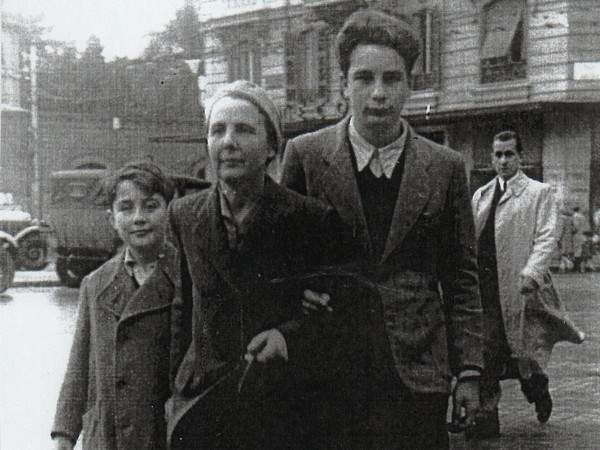Mimì Quilici Buzzacchi, forgotten female protagonist of the 20th century, the focus of an exhibition at the MAGI '900 Museum
At the MAGI 900 Museum in Pieve di Cento(Bologna), the exhibition Mimì Quilici Buzzacchi. From Ferrara to Rome and back, the years of transition 1943 - 1962, on display from March 23 to May 13, 2019. The exhibition is entirely dedicated to Emma Buzzacchi (Medole, 1903 - Rome, 1990), better known as Mimì Quilici Buzzacchi, a forgotten protagonist of the female twentieth century, a painter who made her debut at a very young age (only twenty-five) at the Venice Biennale and then participated in several editions of the Quadriennale in Rome.
This is a female figure of great temperament and ability, a woman who was able to impose herself on the Italian cultural scene in the crucial years of the twentieth century, a century that she traversed almost completely, fully experiencing its transformations. The story Mimì Quilici Buzzacchi is an exemplary case of talent and determination to follow her artistic inspiration, reconciling it with the difficulties of life and the care of her children Folco and Vieri. Born into a family of the cultured Lombard bourgeoisie, precociously active as a painter and skilled in engraving technique, Mimì established herself professionally in Ferrara, where in 1929 she married journalist Nello Quilici, whose premature widow she was to be as a result of the ’ Tobruk plane crash, in which her husband lost his life along with Italo Balbo and the entire crew. The Emilian city Ferrara in those years is a culturally very active and offers her the opportunity to enter the sphere of Novecentism, frequenting among others the painter Achille Funi, who brings her closer to the practice of large-scale decoration, strongly supported by Fascism. And Ferrara, with its castle and its Delta landscapes, will always be a city of choice for her, between transfers and returns.
Realized in collaboration with theArchivio Mimì Quilici Buzzacchi in Rome, as part of a series of initiatives for the study and enhancement of the artist, the exhibition set up at the MAGI 900 Museum delves into the particular period of her artistic production, between the last dramatic years of the war and the beginning of the 1960s. A period of transition and significant artistic and personal transformation, in which Mimi begins to question the solid adherence to the figure of his youthful years and, after moving to Rome in 1945, in contact with the Roman School gives a new definition to his painting, which from that moment will follow a more chromatic and sensitive inclination, initiated to verge on abstraction, especially in urban views and landscapes, in which gaze and heart unite.
The exhibition is set up in the museum’s OPEN BOX space and admission is free. For all information you can visit the official website of the MAGI ’900 Museum.
Pictured: Mimì Quilici Buzzacchi, Arrival in Rome (1945), with Folco and Vieri
Source: press release
 |
| Mimì Quilici Buzzacchi, forgotten female protagonist of the 20th century, the focus of an exhibition at the MAGI '900 Museum |
Warning: the translation into English of the original Italian article was created using automatic tools. We undertake to review all articles, but we do not guarantee the total absence of inaccuracies in the translation due to the program. You can find the original by clicking on the ITA button. If you find any mistake,please contact us.



























